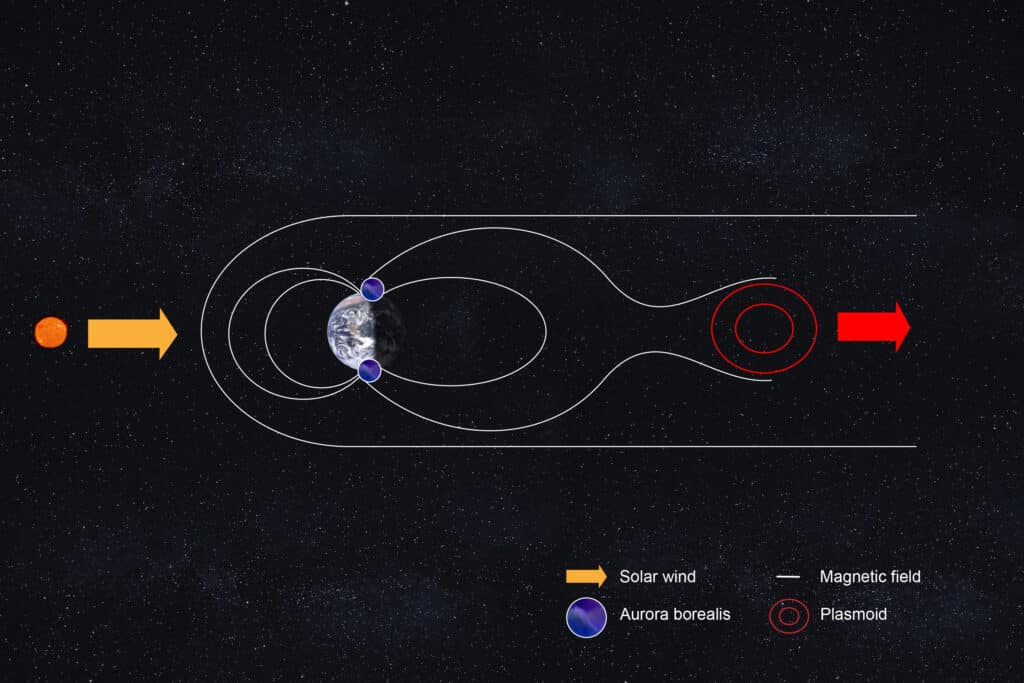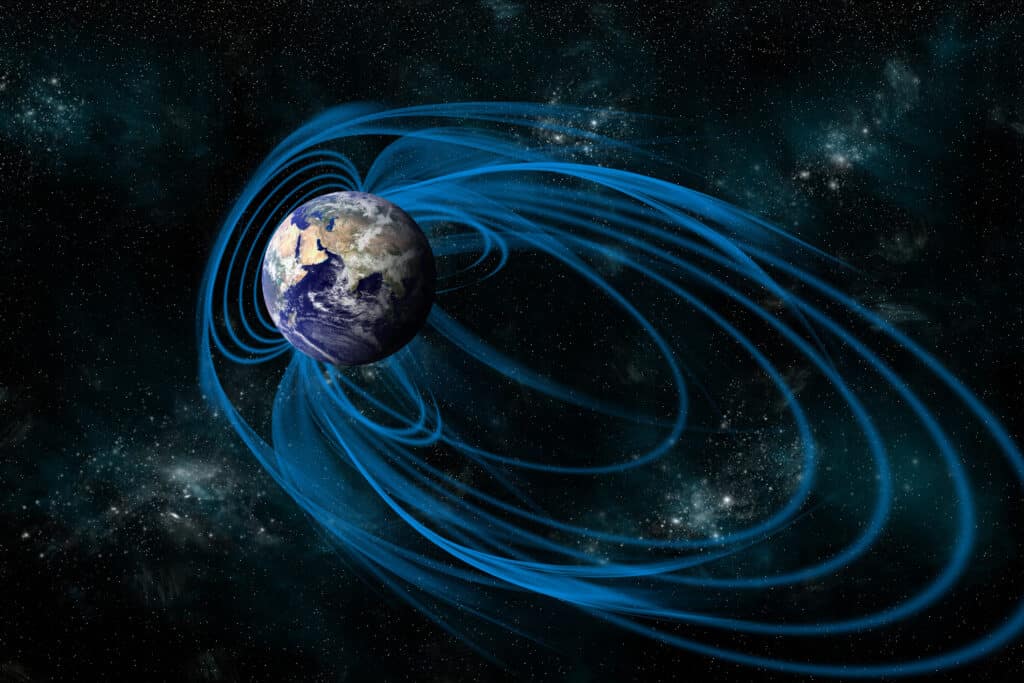Scientists at the University of Helsinki have used a cutting-edge simulation model to provide answers to a long-standing mystery in space physics concerning plasma eruptions. These eruptions, often seen as sudden brightenings in the aurora, have puzzled researchers for decades. Now, using the high-powered Vlasiator model, the team found that both of the dominant theories explaining the phenomena are correct.
Plasma eruptions, known as “plasmoids,” occur frequently on the nightside of Earth’s protective magnetic shield, the magnetosphere. “These eruptions occur on a daily basis, in varying sizes, in the ‘tail’ of the magnetosphere,” explains Professor Minna Palmroth, the Professor of Computational Space Physics at the University of Helsinki, in a statement. Such eruptions can be responsible for intense, yet unpredictable, magnetic disturbances which have the potential to disrupt electrical grids on Earth.
For those unfamiliar with the terminology:
- Plasmoids: Rapid plasma eruptions that take place in the magnetosphere, often linked with the bright flashes seen in the Northern or Southern Lights (aurora).
- Magnetosphere: Earth’s magnetic shield, protecting us from solar radiation.
The question that has persisted since the 1960s is: what exactly causes these plasmoids?
There were two main theories. One suggests that a process called “magnetic reconnection” cuts a piece off the magnetotail, forming a plasmoid. In simpler terms, it’s like magnetic lines snapping and reconnecting in a different way. The second theory proposes that “kinetic instabilities” or disruptions in electric currents within the magnetosphere eventually lead to the ejection of a plasmoid.

Using the Vlasiator model, which uniquely simulates near-Earth space in six dimensions and requires a supercomputer’s power, Professor Palmroth and her team made a groundbreaking discovery. “It now appears that the causalities are in fact more complex than previously understood,” Palmroth says. Both theories, previously thought to be in opposition, are valid and occur simultaneously.
“This was a difficult technical challenge that no one else has been able to model,” explains Palmroth, emphasizing the decade-long software development behind this monumental achievement.
This research breakthrough is not just academic. Understanding how these plasma eruptions occur can significantly impact the design of spacecraft, further space research, and enhance the predictability of space weather. This is crucial for safeguarding technology both in space and on Earth.
For those interested in diving deeper, the team’s findings are published in the renowned Nature Geoscience journal.












